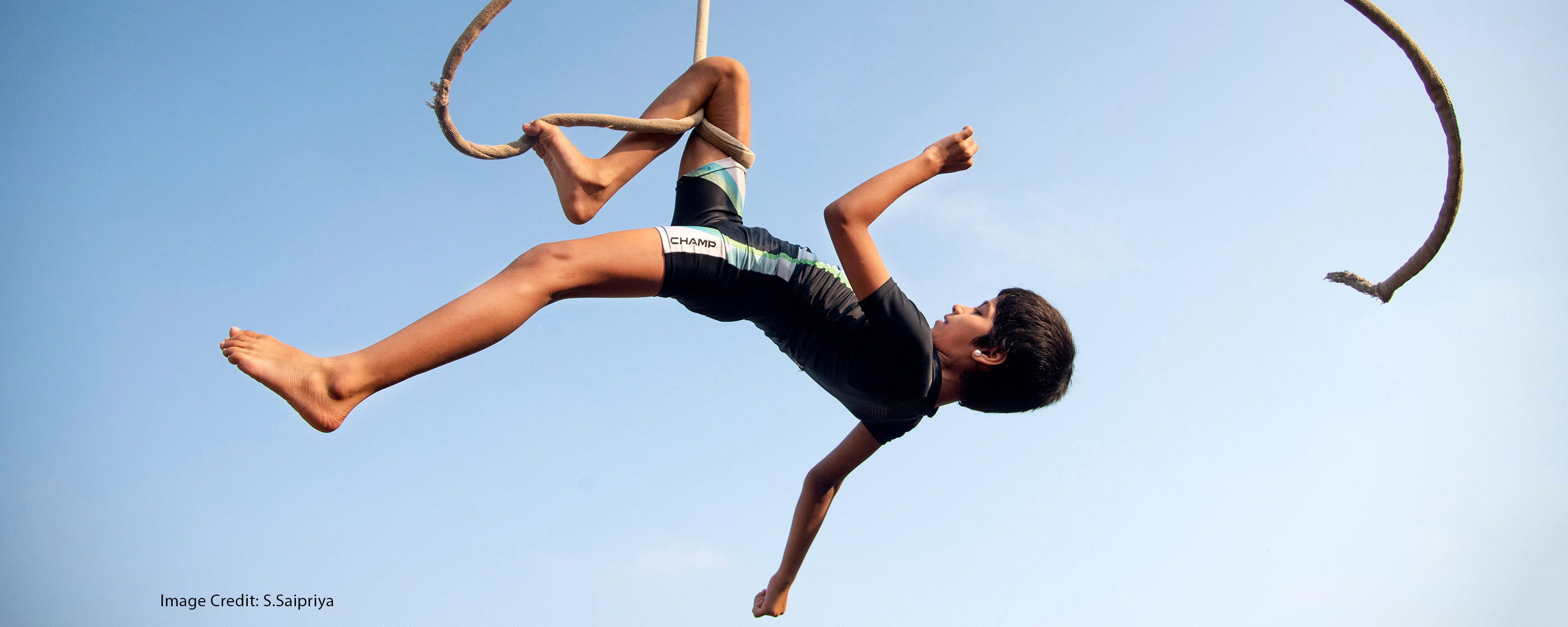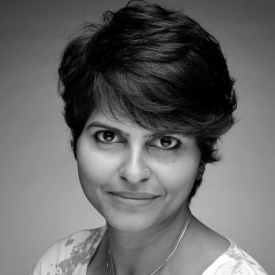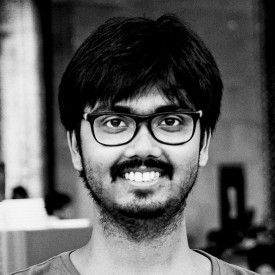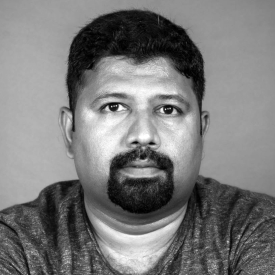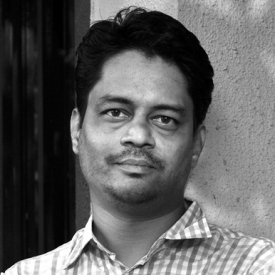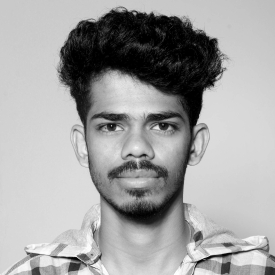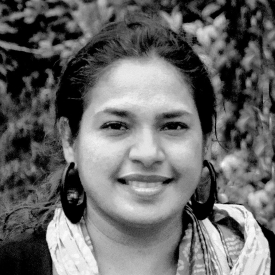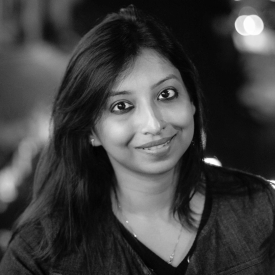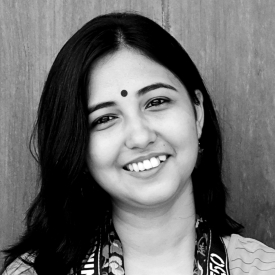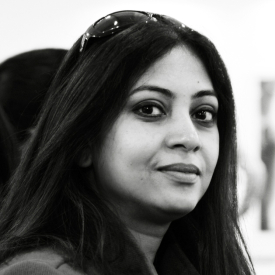The 2020 Sahapedia Frames Photography Grants coincided with the outbreak of the COVID-19 pandemic. Due to social distancing, ban on travel and closure of all social events, Grant subjects were limited in scope, and access was severely restricted. To their credit, the 2020 grantees—who had already been selected prior to the announcement of nationwide lockdown in March, 2020—worked through the pandemic and completed their projects under difficult circumstances.
In 2020 we covered a broad range of subjects, like the iconic yellow Hindustan Ambassador taxis of Calcutta, open-cast coal mining in Jharkhand, mallakhamb training in Tamil Nadu, jasmine cultivation in Karnataka, living root bridges of Meghalaya and tulsimala craft of Nabadwip. We highlighted ethnic groups which are less represented, like the Kuruba community, Franco- Pondicherrians, Konkanis of Goa, Siddi community of Karnataka, and women meendhara of Sunderbans. Stories from visual/material arts and practices and rituals include Kumari Puja, guru-shishya parampara in Bharatnatyam training, bamboo flute making and open-air murals at Lodhi Colony.
The photoessays capture life during pandemic (many are wearing masks) and the struggle of those associated with the arts, culture and heritage in such uncertain times. Listed below are project briefs of individual grantees and links to their published work:
